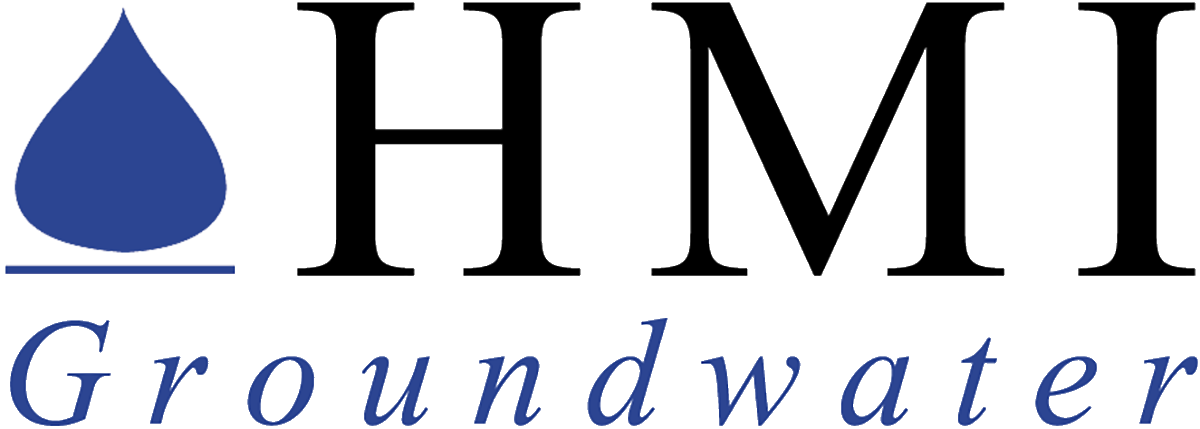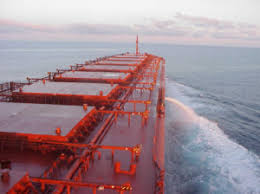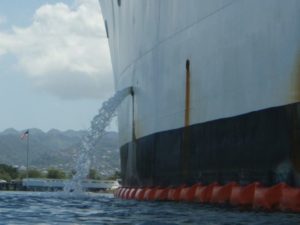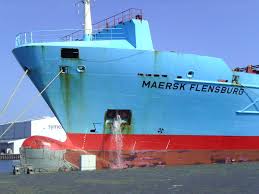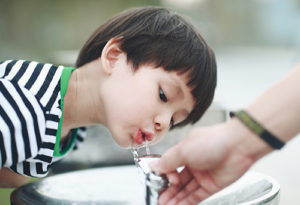Monitoring
Drinking water quality monitoring involves a wide range of water quality assessments encompassing the entire water supply system. Careful consideration should be given to the water quality characteristics to be analyzed, including sampling location and frequency, analytical method, recording, evaluation, and reporting, with the emphasis on putting more effort into understanding the entire water supply system. Monitoring can be separated into two categories, operational monitoring and performance monitoring. Effective operational monitoring is critical for confirming that individual barriers for controlling hazards are functioning properly and effectively. Data from operational monitoring are used as triggers for immediate short-term preventive and corrective actions to operational processes to maintain drinking water quality. Performance monitoring includes regular sampling and testing to demonstrate conformance with guideline values and other regulatory requirements.
